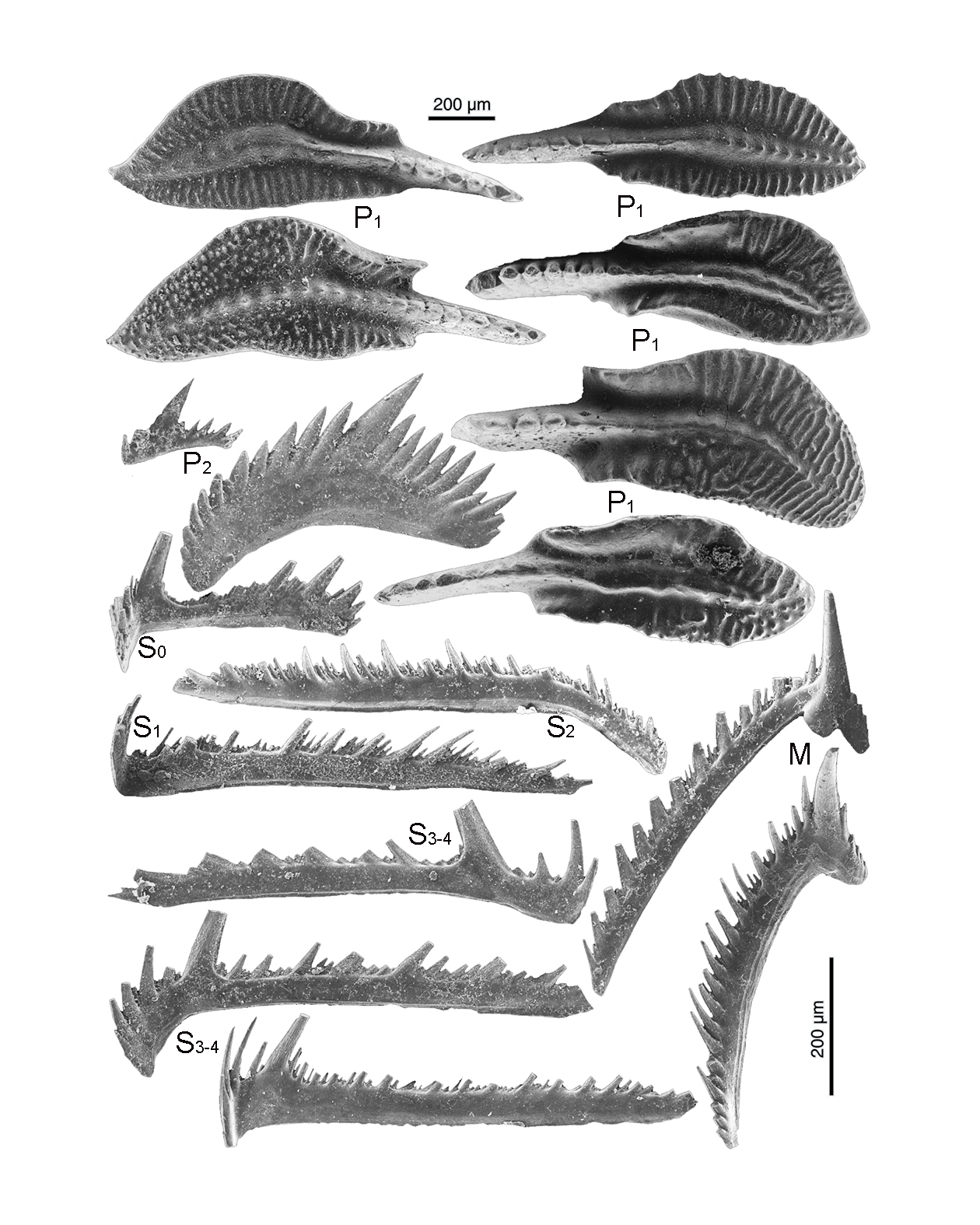Diagnoza
The rostral margin of the platform is raised in the right P1 element and caudal in the left; ornamentation variable. Porównanie
In the early Frasnian populations of the lineage the platform of P1 elements remains relatively narrow and robust, resembling the situation in the late Givetian. The range of variability, however, overlaps with morphologies typical of the late Frasnian. Somewhat above adult specimens with fusiform outline and relatively wide platform became more common. Assymetry and wide platform seem to develop late in ontogeny and then spread in the evolution to earlier and earlier developmental stages. Autekologia Występowanie geograficzne
Wietrznia, Kowala, Płucki. Zasięg czasowy
Frasnian Materiały muzealne
ZPAL Literatura
Dzik, J. 2006. The Famennian "Golden Age" of conodonts and ammonoids in the Polish part of the Variscan sea. Palaeontologia Polonica 63, 1-359. | 
